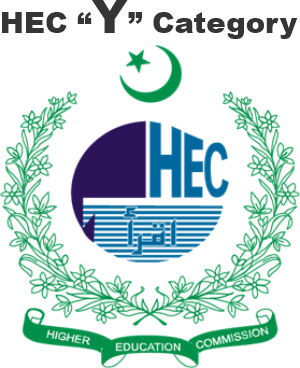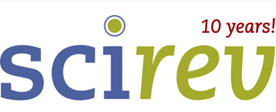Colored Tajweedi Mus’hafs in the Modern Era: A Study of Script, Tajweed, Color Usage, Beliefs, and Impacts
دورِ جدید کے تجویدی مصاحف: کتابت، تجوید، رنگوں کا استعمال اور اثرات کا تحقیقی جائزہ
DOI:
https://doi.org/10.1234/szqvrq05Keywords:
Tajweedi Mus’hafs, Color Usage, Quranic Script, Tajweed Rules, Educational ImpactsAbstract
The Holy Quran, the final divine revelation sent to Prophet Muhammad (PBUH), serves as a complete guide for humanity. Initially written on materials like leather, palm leaves, stones, and bones during the Prophetic era, the Quran lacked diacritical marks and dots. To facilitate accurate recitation, Abu al-Aswad al-Du’ali (d. 69 AH) introduced red ink for dots, marking the beginning of color usage in Quranic manuscripts. Over time, handwritten copies incorporated more colors, and with the advent of modern printing, colored Tajweedi Mus’hafs have become prevalent. These Mus’hafs use multiple colors to highlight Tajweed rules, aiming to enhance learning and engagement, particularly in Pakistan and other Muslim countries. This study explores the historical evolution of Quranic script, the development of Tajweedi Mus’hafs, and the role of colors in codifying Tajweed rules. It examines the contributions of Andalusian and Moroccan scholars, the theological perspectives on color usage, and the contemporary application in Muslim countries. While colored Mus’hafs aid students by visually distinguishing Tajweed rules, they also pose challenges, such as confusion due to varying color schemes across editions. The study highlights both positive impacts, like improved memorization and pronunciation, and secondary effects, such as potential over-reliance on visual aids. By analyzing these aspects, this research underscores the significance of colored Tajweedi Mus’hafs as a scholarly contribution to Quranic education while addressing associated complexities.






































